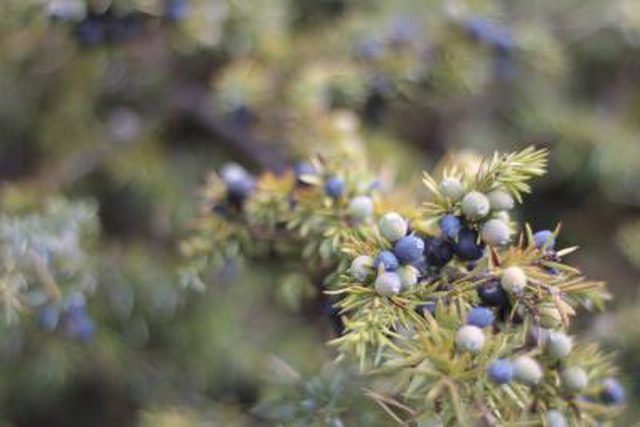Bulbs
Flower Basics
Flower Beds & Specialty Gardens
Flower Garden
Garden Furniture
Garden Gnomes
Garden Seeds
Garden Sheds
Garden Statues
Garden Tools & Supplies
Gardening Basics
Green & Organic
Groundcovers & Vines
Growing Annuals
Growing Basil
Growing Beans
Growing Berries
Growing Blueberries
Growing Cactus
Growing Corn
Growing Cotton
Growing Edibles
Growing Flowers
Growing Garlic
Growing Grapes
Growing Grass
Growing Herbs
Growing Jasmine
Growing Mint
Growing Mushrooms
Orchids
Growing Peanuts
Growing Perennials
Growing Plants
Growing Rosemary
Growing Roses
Growing Strawberries
Growing Sunflowers
Growing Thyme
Growing Tomatoes
Growing Tulips
Growing Vegetables
Herb Basics
Herb Garden
Indoor Growing
Landscaping Basics
Landscaping Patios
Landscaping Plants
Landscaping Shrubs
Landscaping Trees
Landscaping Walks & Pathways
Lawn Basics
Lawn Maintenance
Lawn Mowers
Lawn Ornaments
Lawn Planting
Lawn Tools
Outdoor Growing
Overall Landscape Planning
Pests, Weeds & Problems
Plant Basics
Rock Garden
Rose Garden
Shrubs
Soil
Specialty Gardens
Trees
Vegetable Garden
Yard Maintenance
Juniper Tree Facts
Juniper Tree Facts. Juniper trees (Juniperus spp.) can be found in some of the most inhospitable landscapes nature has to offer. In the American Southwest, native junipers appear to grow on nothing but rock. The resilience of these rugged stalwarts belies the beauty found in their foliage, fruit and form. Their versatility and variability have...

Juniper trees (Juniperus spp.) can be found in some of the most inhospitable landscapes nature has to offer. In the American Southwest, native junipers appear to grow on nothing but rock. The resilience of these rugged stalwarts belies the beauty found in their foliage, fruit and form. Their versatility and variability have inspired many hardy, adaptable cultivars that combine toughness with refinement in urban landscapes.
Landscape-worthy Features
Diversity rules in juniper's fragrant, evergreen foliage. Sharp awl-like needles, soft scale-like foliage or both may be found on a single branch. Foliage colors range from bright green to steel-blue with new cultivars adding shades of yellow and gold -- some seasonal and some year-round. Winter often adds tinges of bronze or purple to juniper leaves. The trees are usually either male or female and bear cones accordingly. Males of some junipers produce masses of tiny tan cones. Females offer soft, fleshy cones that look like silver-blue berries. Reddish twigs pair with rugged, heavily exfoliating red-brown juniper trunks.
Adaptability and Ease
With varieties hardy from U.S. Department of Agriculture plant hardiness zones 2 through 9, junipers are home in nearly every setting. The trees readily transplant and adapt to nearly any soil type and location. Full sun fuels optimal growth, but junipers tolerate part-sun locations. The trees flourish in moist, well-drained landscapes, but they withstand poor soil, pH extremes, compacted soil, intense sun and heat, and prolonged drought. Wind exposure is fine, but many junipers are not salt-tolerant. The only challenges junipers don't handle well are full-shade locations and soggy soil. They rarely need watering once established.
Diversity in Growth Habit
Junipers trees tend to have upright forms, but they vary considerably in shape and size. Some are very thin and columnar. Others, neatly pyramidal. Still others grow big, broad and tall. In their native environments, juniper trees grow slowly, taking many years to mature. Manicured landscapes moderately speed that rate. Many popular landscape junipers descend from two native species. Hardy in USDA zones 3 through 9, eastern redcedar (Juniperus virginiana) grows 40 to 50 tall and 8 to 20 wide. Rocky Mountain juniper (Juniperus scopulorum), also known as western redcedar, grows 30 to 40 feet high but spreads just 3 to 15 feet. It's hardy in USDA zones 3 through 7.
Popular Juniper Cultivars
Tenacity and beauty combine in native cultivars. "Skyrocket" juniper (Juniperus scopulorum "Skyrocket") grows 15 feet tall and 2 feet wide, with blue foliage and a purple winter tinge. "Idyllwild" juniper (Juiperus virginiana "Idyllwild") provides a classic juniper accent with rich green foliage, growing 15 feet tall and 7 feet wide. Both suit USDA zones 4 through 9. "Medora" juniper (Juniperus scopulorum "Medora") has brilliant blue foliage and tolerates sea spray. Hardy in USDA zones 3 through 7, it grows 10 feet tall and 3 feet wide. Taylor juniper (Juniperus virginiana "Taylor") delivers an elegant exclamation at 30 feet tall and 3 feet wide. The tree is hardy from USDA zones 3 through 9.